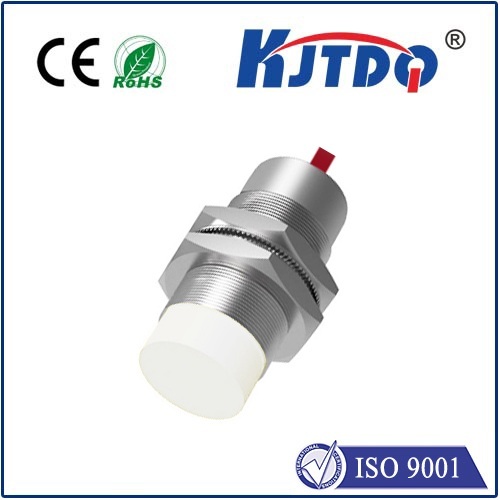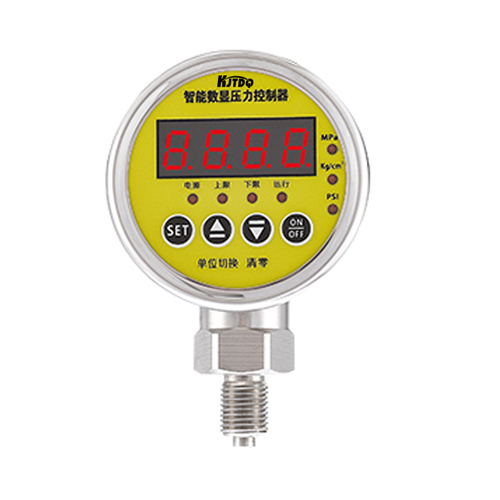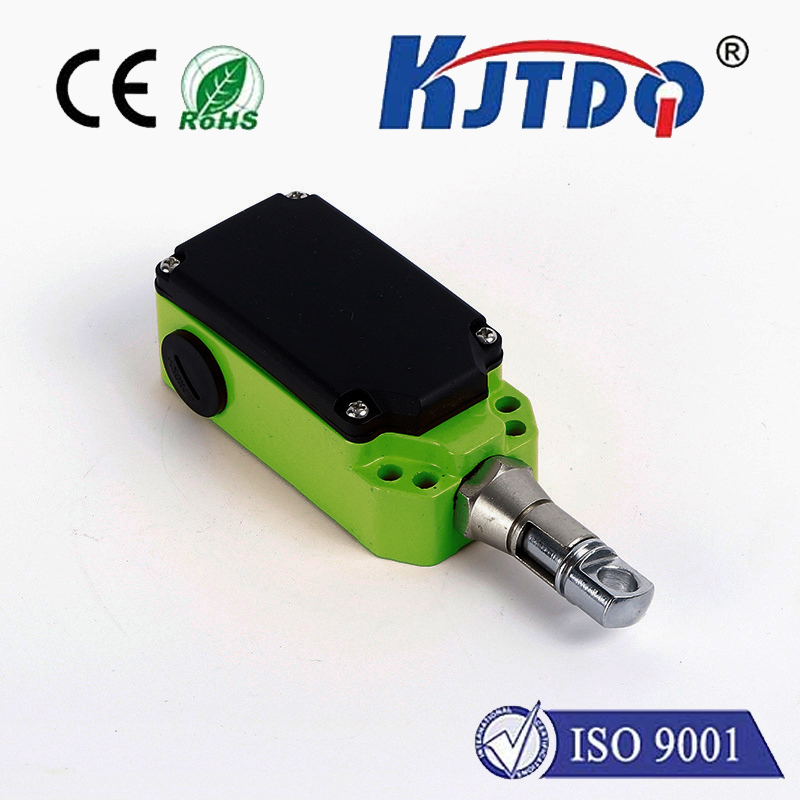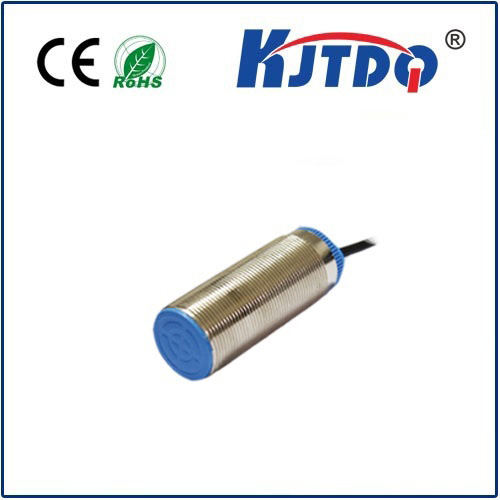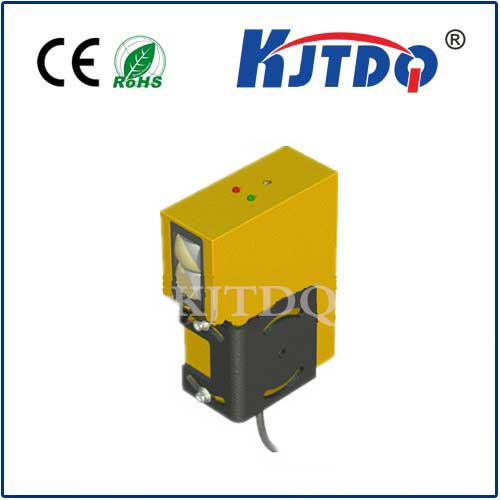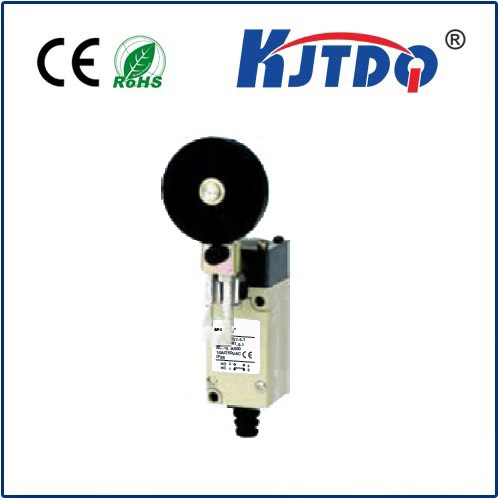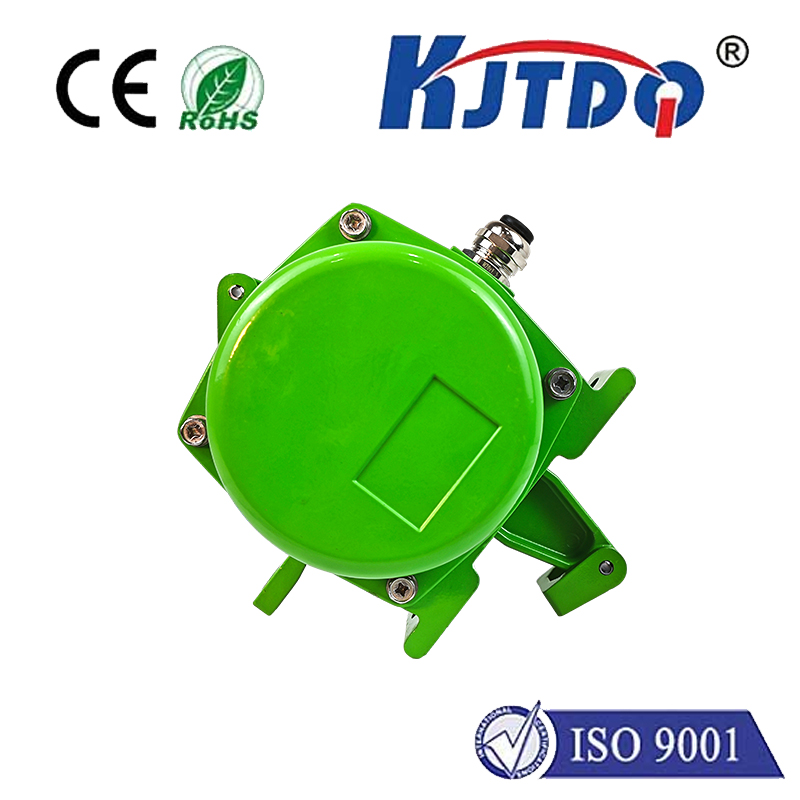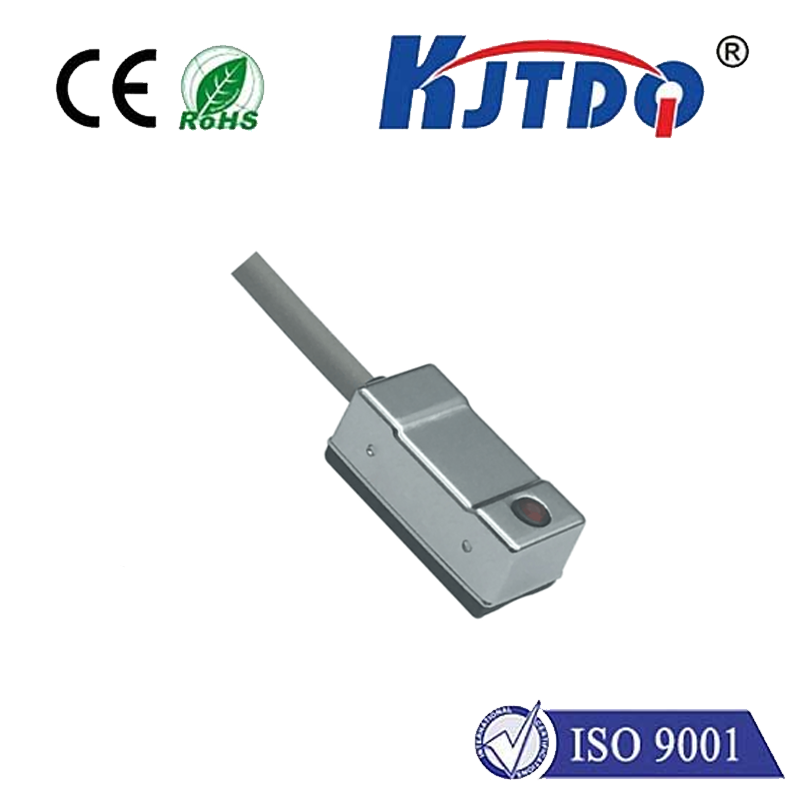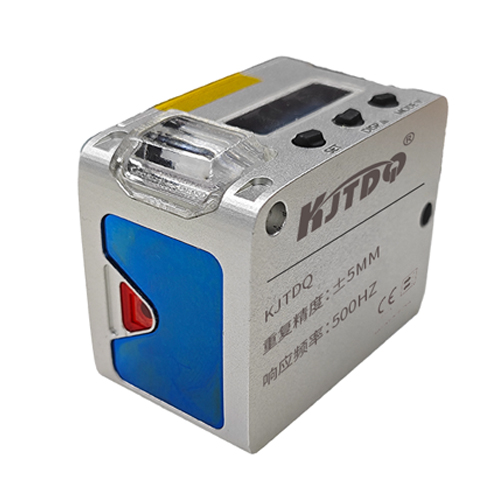Датчик приближения pnp no nc
- time:2025-06-24 00:10:18
- Нажмите:0
PNP Proximity Sensors: Demystifying NO and NC Wiring for Reliable Automation
In the intricate dance of modern automation, proximity sensors are the silent sentinels, detecting objects without physical contact. Among the most common types are the 3-wire DC models, and within this category, PNP sensors stand out for their reliability and specific wiring requirements. Yet, for newcomers and even seasoned professionals, terms like ПНП, Нет!, and НС can sometimes cause confusion. Understanding the fundamental difference between a PNP sensor’s configuration (PNP) and its output contact state (NO or NC) is absolutely crucial for correct integration and avoiding costly errors. This guide cuts through the complexity, clarifying how PNP sensors work and the critical role NO and NC play in your control logic.
The Core of PNP: Sourcing Current
Let’s start by demystifying “PNP”. In the context of 3-wire DC proximity sensors, PNP refers to the type of transistor used in the sensor’s output stage and, consequently, its wiring behavior.
- PNP Sensors are “Sourcing” Sensors: This is the key characteristic. When a PNP sensor detects its target (is “active”), its output signal wire acts like a positive voltage source, sourcing current out to the connected load (like a PLC input, relay coil, or indicator lamp).
- Wiring Basics: A standard 3-wire PNP sensor has:
- Brown Wire (or Red): Connect to DC Supply Positive (+V)
- Blue Wire (or Black): Connect to DC Supply Negative (0V, Ground)
- Black Wire (or White/Other): This is the Output Signal Wire.
NO vs. NC: Defining the Output’s “Normal” State
While “PNP” defines how the sensor delivers power when active, NO (Normally Open) and NC (Normally Closed) define what state the output switch is in when the sensor is not detecting a target (its “normal” or inactive state). Think of the output as an electrical switch controlled by the sensor’s detection state.

- NO (Normally Open) Output:
- Inactive State (No Target Present): The internal output switch is OPEN. No current flows from the sensor’s output wire. The signal wire is effectively disconnected from the internal positive supply.
- Active State (Target Detected): The internal output switch CLOSES. The sensor sources positive voltage (+V) onto the signal wire, providing power to the connected load.
- Analogous Concept: Like a light switch that’s OFF when nothing is happening (normal), and turns ON the light when activated (target detected).
- NC (Normally Closed) Output:
- Inactive State (No Target Present): The internal output switch is CLOSED. The sensor sources positive voltage (+V) onto the signal wire, providing power to the connected load even when no target is near.
- Active State (Target Detected): The internal output switch OPENS. The sensor stops sourcing voltage to the signal wire. The output circuit is broken; no current flows.
- Analogous Concept: Like a light switch that’s normally ON (providing power), and turns OFF when activated (target detected).
Visualizing PNP Behavior: NO vs NC
Imagine a simple circuit: the PNP sensor output (black wire) connected to one side of a PLC input module (sinking input), and the other side of the PLC input connected to DC ground (0V).
- PNP NO:
- No Target: Output OFF (Switch Open). PLC sees 0V (False/Off).
- Target Detected: Output ON (Switch Closed). Sensor sources +V to PLC input. PLC sees +V (True/On).
- PNP NC:
- No Target: Output ON (Switch Closed). Sensor sources +V to PLC input. PLC sees +V (True/On).
- Target Detected: Output OFF (Switch Open). PLC sees 0V (False/Off).
Choosing Between PNP NO and NC: It’s About Logic and Safety
The decision between a PNP NO proximity sensor and a PNP NC proximity sensor hinges entirely on the desired logic behavior within your control system and, critically, safety considerations.
- Use a PNP NO Sensor When:
- You want the output to be ON/Active/True only when a target is present (e.g., “Part detected at station,” “Cylinder extended,” “Conveyor load present”).
- This is the most common configuration for standard detection tasks requiring a positive action signal upon detection.
- Use a PNP NC Sensor When:
- You want the output to be ON/Active/True until a target is detected.
- For critical safety functions, such as guard door monitoring or machine guarding. An NC sensor provides a “healthy” signal (ON) continuously when the guard is closed (no target - the sensor head “sees” the guard). If the guard opens (target - sensor head no longer “sees” the guard frame), the output turns OFF, signaling the safety system to halt the machine. This fail-safe approach ensures a wire break or sensor power loss also causes the safety output to go OFF (safe state).
- To signal the absence of an object as the primary condition (e.g., “Feeder empty,” “Pallet missing from stack”).
Why Wiring Matters: Avoiding Disasters
Mixing up PNP and NPN sensors or misidentifying NO vs. NC will inevitably lead to incorrect system behavior or even damage.
- Connecting an NPN Sinking Sensor to a Sinking Input (like a typical PLC PNP-compatible input): This creates a conflict as two devices try to control the ground path, likely resulting in a short circuit when the sensor activates. This can damage the sensor, the PLC input, or both.
- Mistaking NO for NC (or vice versa): Your machine logic will work backwards. A machine expecting a “part present” signal (NO) might start operating prematurely if wired with an NC sensor, leading to potential jams, crashes, or quality issues. Conversely, a safety circuit wired with NO instead of NC won’t fail safely.
Applications and Common Uses of PNP Sensors
PNP proximity sensors are prevalent in regions like Europe and are generally the default choice in many global industrial applications due to their compatibility with common PLC sinking inputs. You’ll find PNP NO proximity sensors extensively used for:
- Part presence/absence detection on conveyors and assembly lines.
- Position verification of cylinders and actuators (using proximity targets).
- Counting objects.
- Speed monitoring (via counting).
- Level detection (using floats with magnets).
PNP NC proximity sensors are essential for:
- Machine Safety Guarding: Monitoring guard door position.
- End-of-travel limits where the absence of a stop is critical before motion.
- Detecting when a bin or hopper is empty (if the sensor monitors the presence of the bin bottom normally).
Conclusion: Clarity Drives Reliability
Grasping the distinct concepts of PNP proximity sensor architecture (sourcing) versus the

